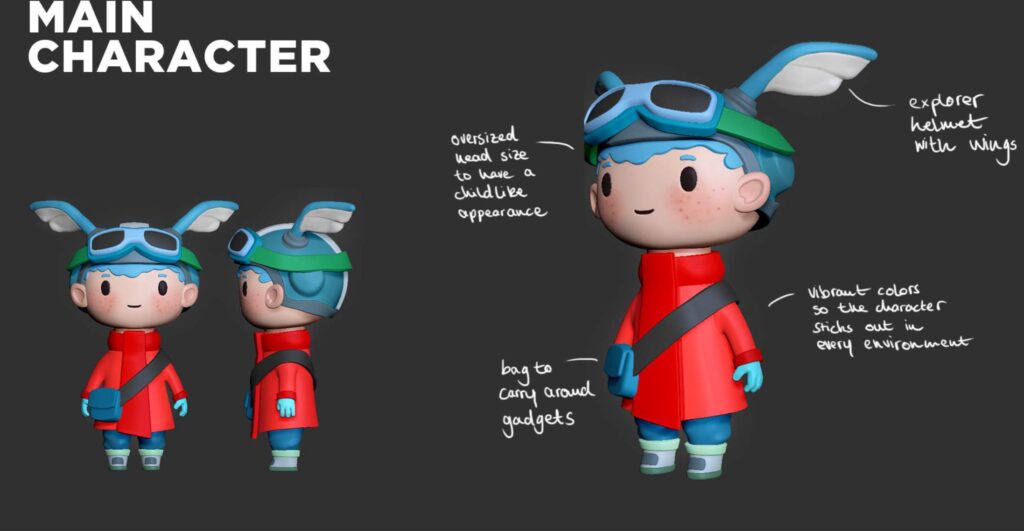Storytelling is a crucial aspect of game design, drawing players into immersive worlds and motivating them to explore. Careful world-building, character development, and a rich backstory can create a believable environment that feels real to the player. Techniques such as non-linear and dynamic storytelling can add complexity and intrigue to the narrative, while environmental cues can hint at events that took place before the player arrived. Ultimately, a well-crafted story can make a game more memorable and engaging for players, inspiring them to spend hours exploring and experiencing the world.
Introduction
Gaming has become increasingly popular over the years, with technological advances allowing for more immersive and visually stunning experiences. But as much as beautiful graphics and engaging gameplay are important factors, it is the story that truly captivates gamers. The role of storytelling in game design is incredibly important, as it is the foundation upon which the game is built. This article will explore the art of creating immersive worlds in gaming through the lens of storytelling.
The Importance of Storytelling in Gaming
At its core, storytelling is all about creating a narrative that captures the audience’s attention and draws them into a world of imagination. This is especially true in gaming, where the entire experience is built around the concept of escapism. A good story can transport the player to another world, allowing them to forget about their everyday life and become fully immersed in the game.
Furthermore, a well-crafted story can serve as a catalyst for player motivation. The player is no longer simply going through the motions, but rather they are driven by the desire to see how the story unfolds. They are invested in the outcome and are willing to put in the effort to achieve it.
Creating Immersive Worlds Through Storytelling
One of the most crucial aspects of creating immersive worlds in gaming is world-building. This involves developing a fully-realized, believable environment for the player to explore. There are various elements that go into world-building:
– Setting: The environment in which the game takes place should be carefully mapped out, with attention paid to geography, climate, architecture, flora, and fauna.
– Characters: The people, creatures, and entities within the game should be fleshed out, with their own backstory, personality, and motivations.
– Lore: A rich history and mythology should be developed around the game world. This adds depth to the environment, making it feel like a place that has existed long before the player arrived.
All of these elements should be employed with the goal of creating an immersive, believable world. A world that feels real is one that players will be more likely to engage with and explore.
Storytelling Techniques in Gaming
Storytelling in gaming involves a unique set of techniques, as the medium is much more interactive than other forms of storytelling. Some techniques that are commonly used include:
– Non-Linear Storytelling: Games often allow players to make choices that affect the outcome of the story. This means that a linear narrative would not work. Instead, developers have to create story branches and alternate endings that make sense and flow seamlessly.
– Environmental Storytelling: Sometimes, the world itself can tell a story. This involves using environmental cues, such as abandoned buildings, to hint at events that took place before the player arrived. When done well, environmental storytelling can add an extra layer of complexity and intrigue to a game world.
– Dynamic Storytelling: Games have the unique ability to adapt to player actions in real-time. Dynamic storytelling involves changing the narrative based on the choices that the player makes. This can create a sense of agency and empowerment in the player, as they feel like their actions matter.
Conclusion
Storytelling is a fundamental aspect of game design. A good story can draw players in, inspire them to explore, and ultimately create a more memorable gaming experience. Creating immersive worlds through storytelling involves careful world-building, the use of unique techniques, and an understanding of how games differ from other forms of storytelling. A perfectly crafted story can create a world that feels real, captivating players and drawing them into the game for hours on end.
